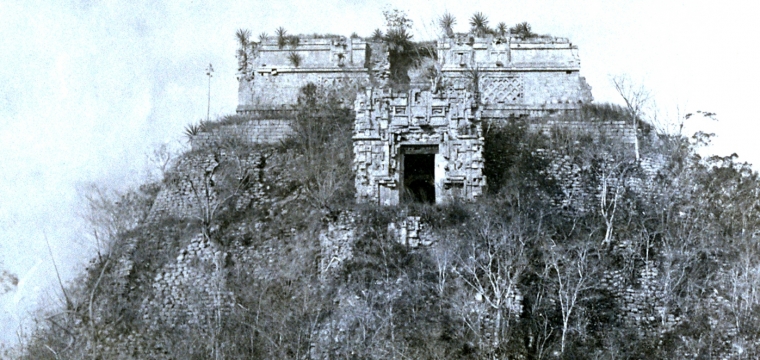What followed the Classic period, however, is the “mysterious” collapse of the Maya in what is called the Terminal Classic period (900 to 1000 CE). What we know of the mysterious collapse is that the Maya abandoned their major infrastructure; the spectacular temples, pyramids and palaces that was the hallmark of the Classic period. Given their abundance at the time of the Spanish Conquest, it is hard to believe that they “disappeared.” While the hierarchical system clearly changed, the historical ecology of the landscape remained the same. The forest gardeners who managed the forest as a garden continued to do so until the conquest. It was only then that depopulation and demise of the successful Maya traditions was eclipsed with the Spanish colonial domination.
The Maya have been accused of overpopulating and mismanaging the environment and natural resources. These reasons top the list of causes of the collapse, yet they likely relate more to our contemporary inability to understand how the Maya domesticated the tropics than what might have happened in the ancient past.
The continued existence of the Maya Forest Gardens indicates that the Maya’s agricultural practices continued into the colonial period and persist today as witness to their resilience. The Maya practices were not, as often assumed, detrimental to the environment and civilization. These ancient traditions are an example in sustainable farming and lay a foundation for our modern concerns to work with nature as exposed with permaculture. The Maya adaptation to the tropical forest began more than 4,000 years ago and was the foundation of the civilization that flourished for at least 1,000 years.

